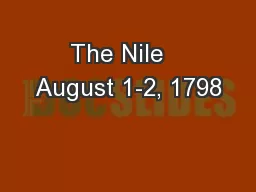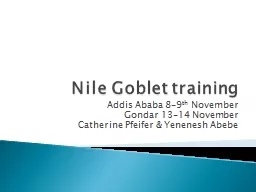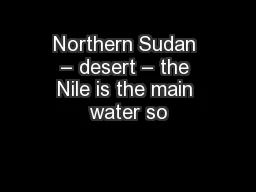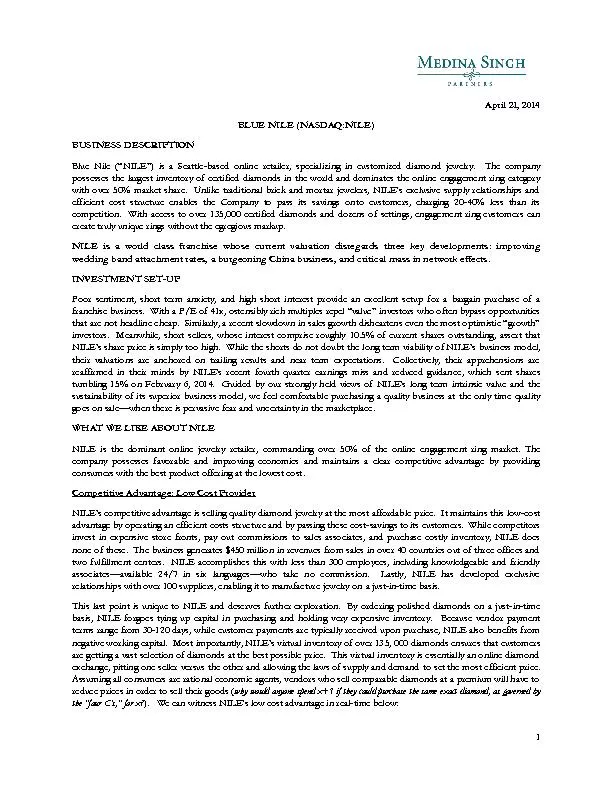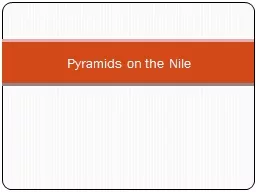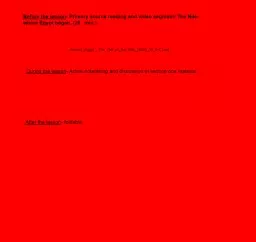PPT-The Nile August 1-2, 1798
Author : calandra-battersby | Published Date : 2018-03-10
Strategic Context Despite Napoleon Bonapartes victory against Austria on land to end the War of the First Coalition Britain remains at war with Revolutionary France
Presentation Embed Code
Download Presentation
Download Presentation The PPT/PDF document "The Nile August 1-2, 1798" is the property of its rightful owner. Permission is granted to download and print the materials on this website for personal, non-commercial use only, and to display it on your personal computer provided you do not modify the materials and that you retain all copyright notices contained in the materials. By downloading content from our website, you accept the terms of this agreement.
The Nile August 1-2, 1798: Transcript
Download Rules Of Document
"The Nile August 1-2, 1798"The content belongs to its owner. You may download and print it for personal use, without modification, and keep all copyright notices. By downloading, you agree to these terms.
Related Documents

